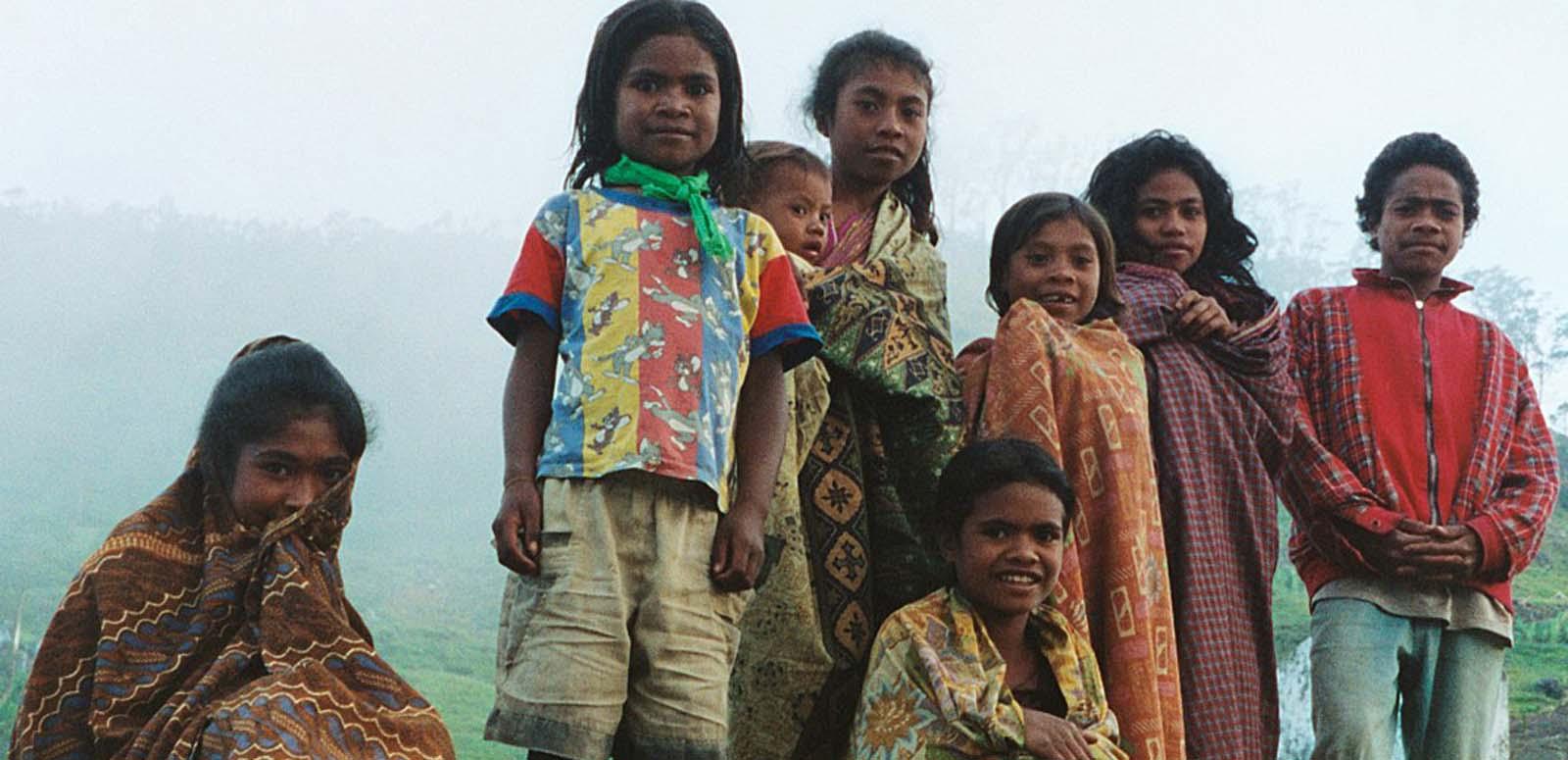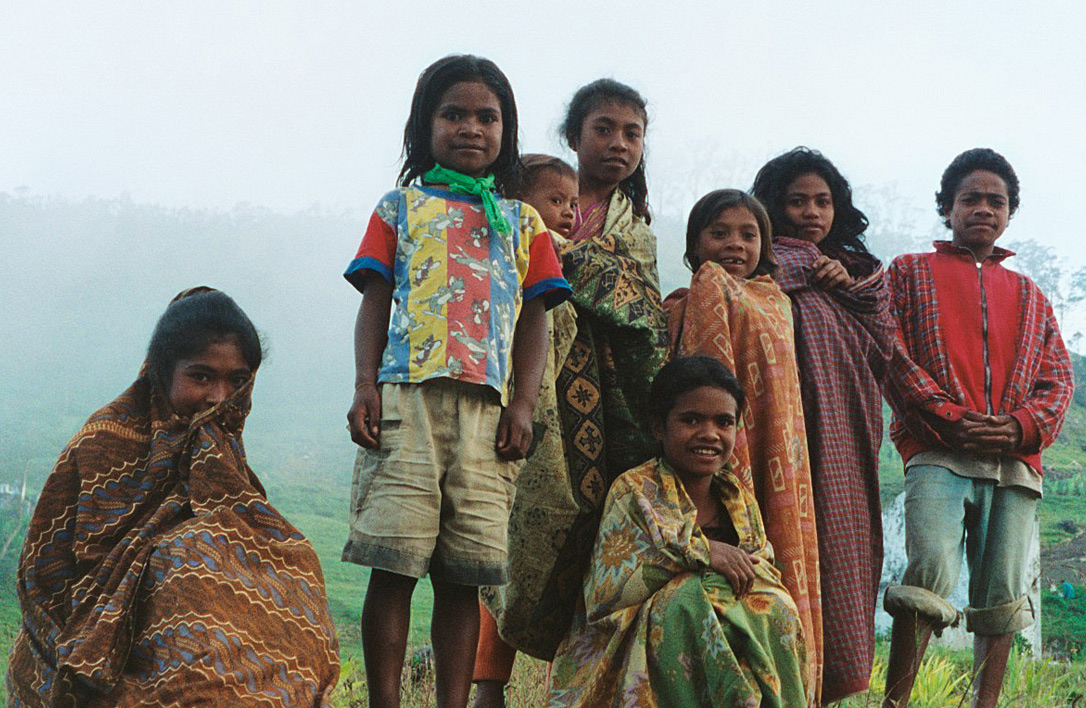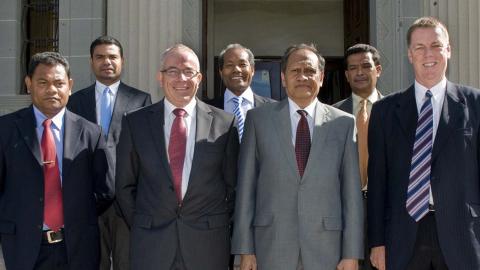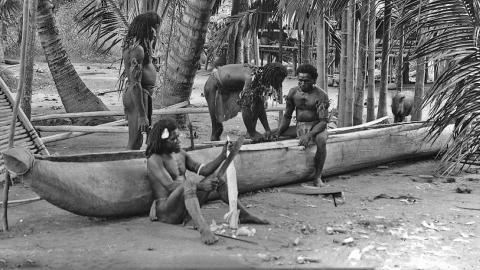

East Timor inspiration

Having deposited most of my old audiovisual materials in the vaults of the NFSA, with more to come, I’m now spending time here in Canberra identifying the components of the collection and writing notes to put it all into perspective. These will eventually be available online.
The inspiration for many of my compositions – especially my audiovisual pieces – has been the situation in East Timor in 1975 when Indonesia invaded East Timor.
Before that I had been as concerned as many other Australians were about the deaths of five journalists working for Australian television companies – the Balibo Five, but after the invasion I started attending demos, writing letters to newspapers and politicians, and generally being an activist.
But there was a limit to my involvement, for I was in a busy job – I was a lecturer in electronic music at what subsequently became the Sydney Conservatorium of Music. I also had a young family, I was renovating a house and I was trying to make my way as a composer. In 1977, partly as a way of maximising my time, I put my composition and my activism together and came up with Kdadalak (For the Children of Timor), for prepared piano, percussion, tape & transparencies.
Ultimately, though, for me to write powerful music I need to be powerfully inspired by something. Learning about the massacres of Timorese citizens, about a country denied its fundamental right of self-determination, about the plunder of Timorese possessions and resources, about my government’s complicity in the invasion and occupation of this ‘isle of fear’, and so on, was the inspiration I needed for a dozen or so Timor pieces over the next quarter of a century.
Do art and politics mix? There are countless examples of ‘political’ songs and musical pieces, poems, films, photographs, plays, art-works etc. created about particular political situations, but very few of them have had, by themselves, much influence in effecting change.
Occasionally though, the sum of many artworks can have a resounding success and I believe this was the case with pro-East Timor activism between 1975 and 1999, especially in the dark days of the 1980s. The efforts of activists kept the issue alive when most countries wanted the situation – and the Timorese people – buried because Indonesia was too powerful and too important to the West (and many non-Western countries) not to be appeased.
Timorese poet Francisco Borja da Costa (murdered by Indonesian troops in 1975) wrote that streams coming together become rivers and that rivers oppose whatever stands in their way. My Timor pieces were mere streams, but they came together with artworks by others, helping to create a river of change for East Timor. People power!
I hope that in my time at the NFSA I’ll be able to document all my Timor pieces and explain what lay behind each one.

Timorese kids on the road to Hato Bullico, East Timor, 2002. Photo by Martin Wesley-Smith.
The National Film and Sound Archive of Australia acknowledges Australia’s Aboriginal and Torres Strait Islander peoples as the Traditional Custodians of the land on which we work and live and gives respect to their Elders both past and present.


